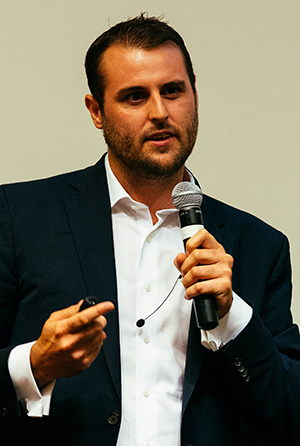-
-
- Council Members
- Role of Council Members
- Council meetings
- Council elections
- Previous election results
- Dr Louise Allum
- Dr Sam Bescoby
- Dr Andrew Clemence
- Dr Tshidi Gardiner
- Dr Reginald Godwin
- Paddy Gordon
- Dr Danielle Greenberg
- Dr Gerard Henry
- Dr Richard Hillman
- Dr Benjamin Kennedy
- Dr Tom Lonsdale
- Dr Darren Partridge
- Martin Peaty
- Alison Price
- Dr Peter Robinson
- Dr Jennifer Simmons
- Dr Sadie Spencer
- Dr Mary Thomas
- William Wilkinson
- Dr Lara Wilson
- Past-Presidents
-
-
-
-
-
- About extra-mural studies (EMS)
- EMS requirements
- Information for vet students
- Information for EMS providers
- Information for vet schools
- Temporary EMS requirements
- Practice by students - regulations
- Health and safety on EMS placements
- EMS contacts and further guidance
- Extra-mural studies fit for the future
-
-
- Code of Professional Conduct for Veterinary Surgeons
- Code of Professional Conduct for Veterinary Nurses
- Contact the Advice Team
- XL Bully dog ban
- 'Under care' - guidance
- Advice on Schedule 3
- Controlled Drugs Guidance – A to Z
- Dealing with Difficult Situations webinar recordings
- FAQs – Common medicines pitfalls
- FAQs – Routine veterinary practice and clinical veterinary research
- FAQs – Advertising of practice names
- GDPR – RCVS information and Q&As
Video available of RCVS Day guest speaker Dr Adam Little
24 August 2016
 The presentation made by Dr Adam Little, guest speaker at this year’s RCVS Day, is now available on our YouTube channel.
The presentation made by Dr Adam Little, guest speaker at this year’s RCVS Day, is now available on our YouTube channel.
In his talk, ‘Digital Veterinary Practice’, Dr Little (pictured right), President of Exponential Vet Inc., discussed how evolving technology could impact upon veterinary medicine and practice.
RCVS Day, an annual event held this year on 15 July, is made up of the Annual General Meeting and the awards ceremony. It includes the investiture of the new President and Council members, and a guest presentation from a leading veterinary practitioner.
Dr Little investigated some of the emerging technologies that could be applied to veterinary practice, citing how, for example, every 12 to 18 months the amount of computing power available for a set price doubles, and how, though there are now about 9bn devices connected to the internet, by 2020 there are expected to be 50bn. He predicted that more and more of those are going to be worn by animals: to measure reproductive health in farm animals; to track performance in equines; and to monitor behaviour and activity in companion animals.
Dr Little discussed how there’s already a smart litterbox which measures an animal’s habits, an oral pill camera that can take 360 degree photos, 3D printed drugs, and digitised microscopy. By uniting these technologies with increasingly accurate virtual reality technology, he said, long-distance examinations could become a real possibility.
More specifically in relation to the role of the RCVS, he explored how the profession could be proactive in engaging with these technologies, such as by: using regulation as a mechanism to attract ‘disruptors’ to work alongside the profession; identifying areas of retraining and creating targeted learning opportunities; fostering an entrepreneurial mindset; creating an early-adopter network of practices to foster initial collaboration; and framing industry challenges as targeted problems whose solutions can be crowd-sourced.